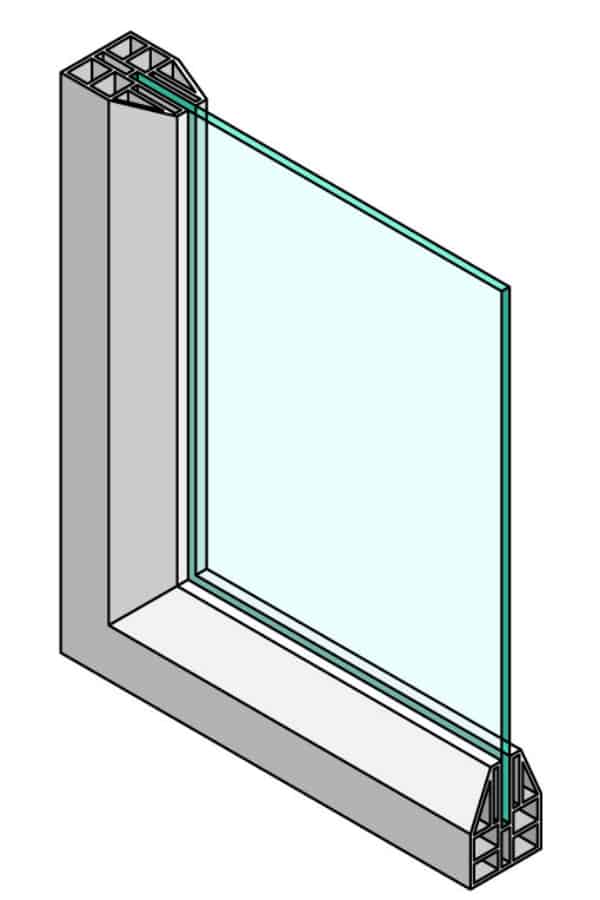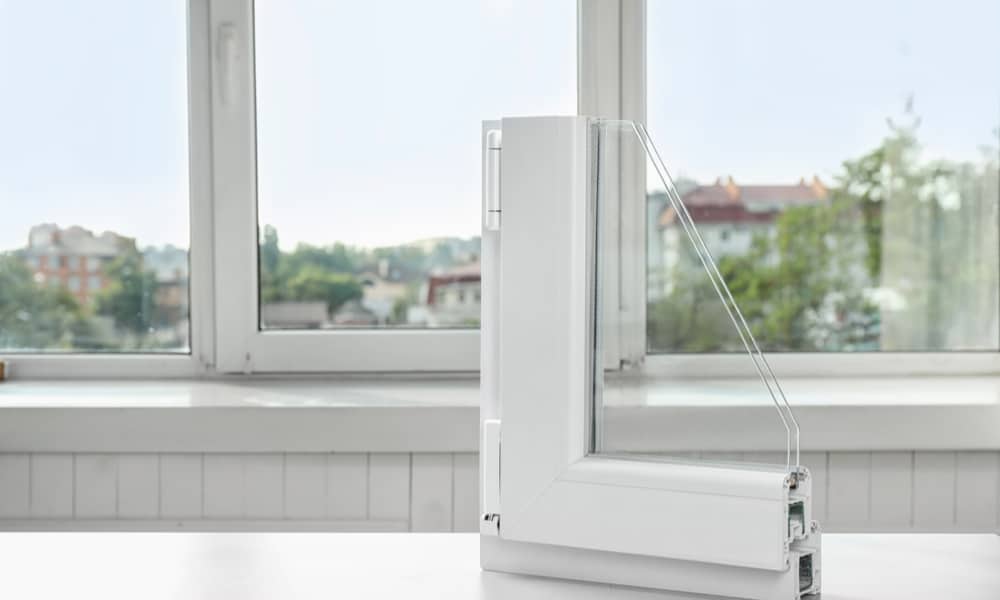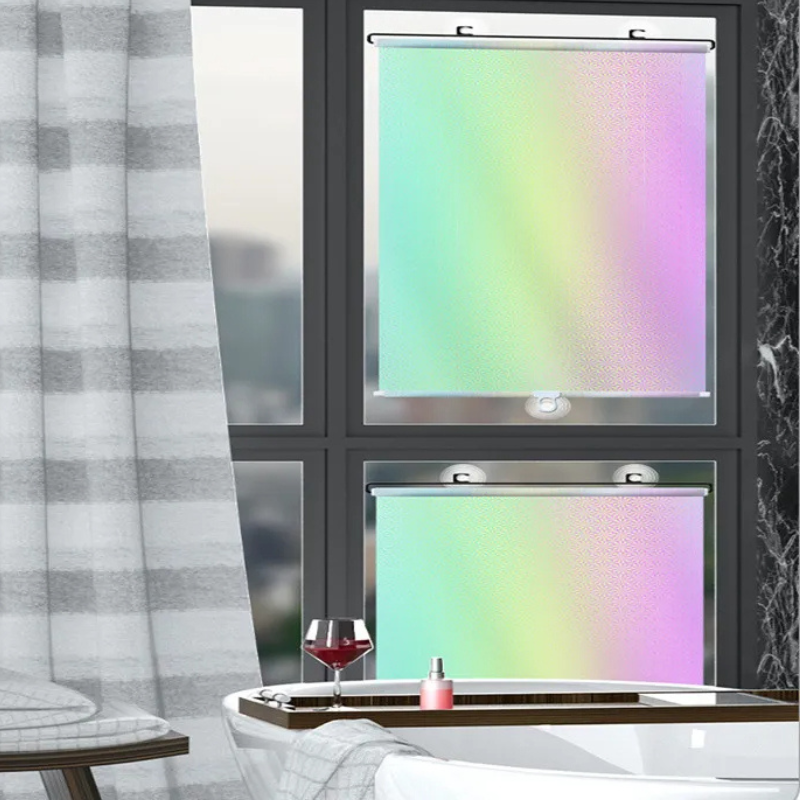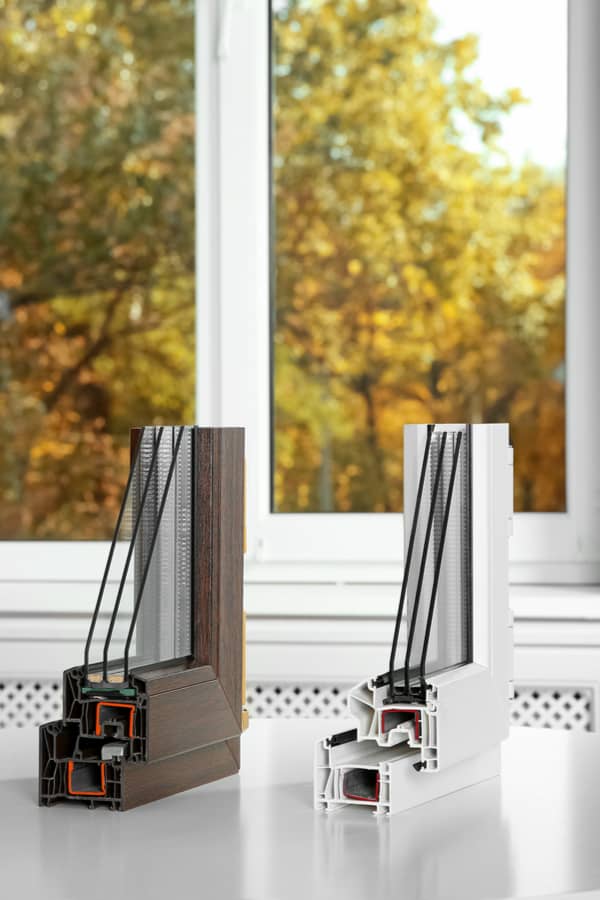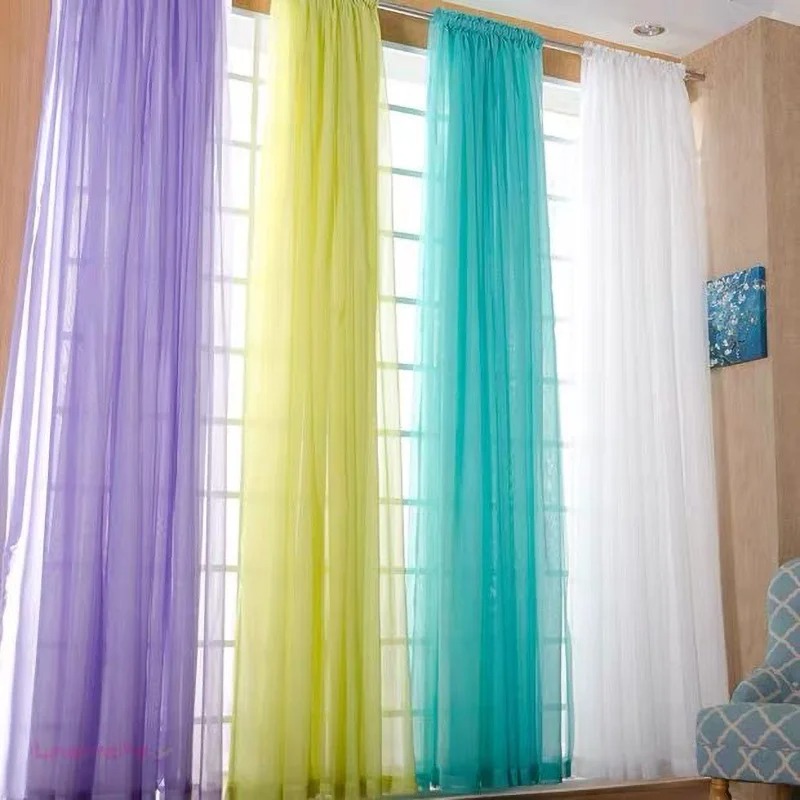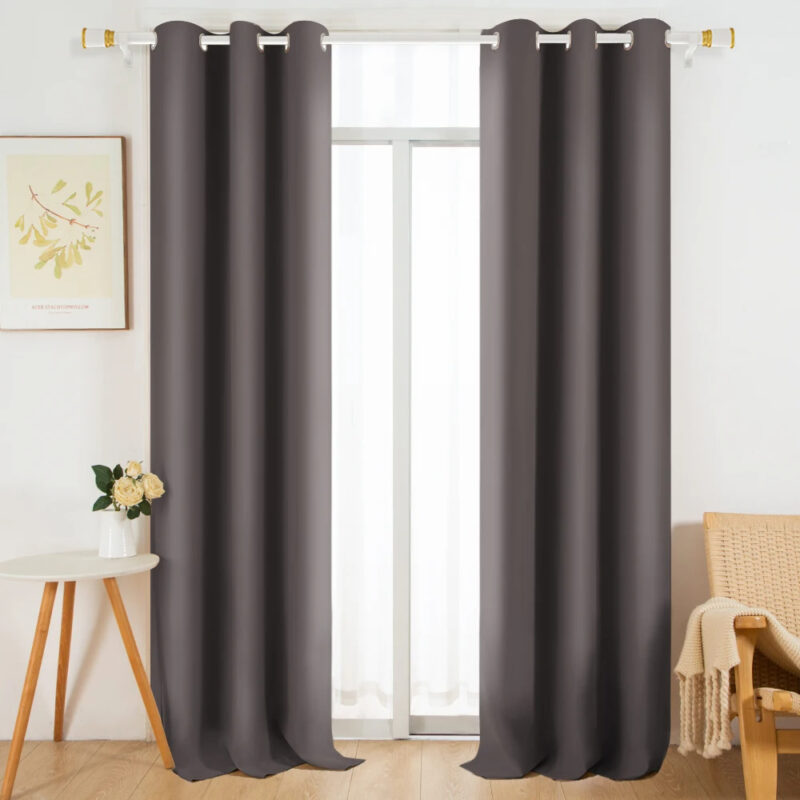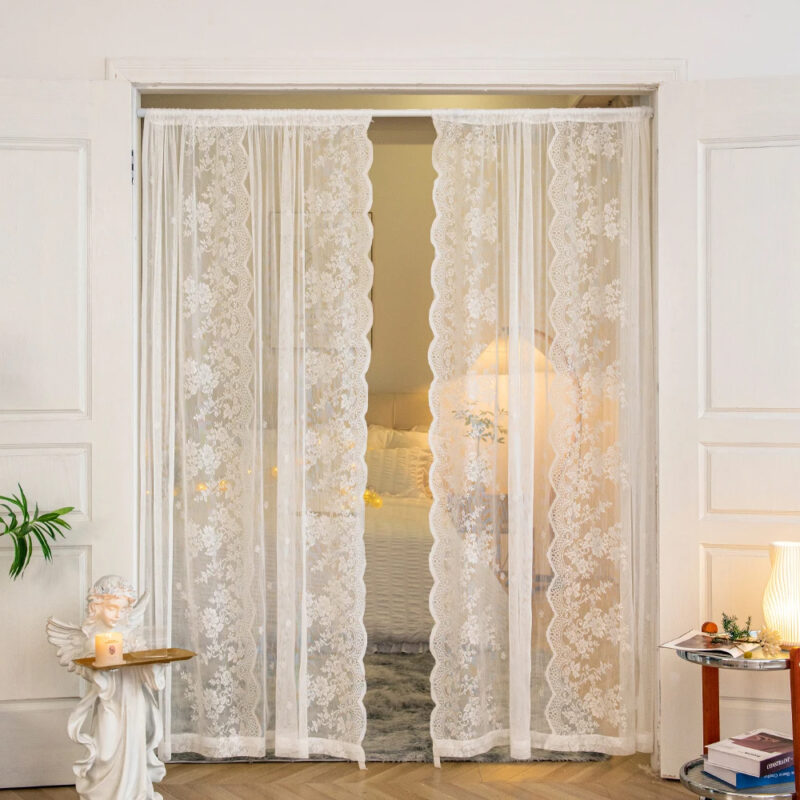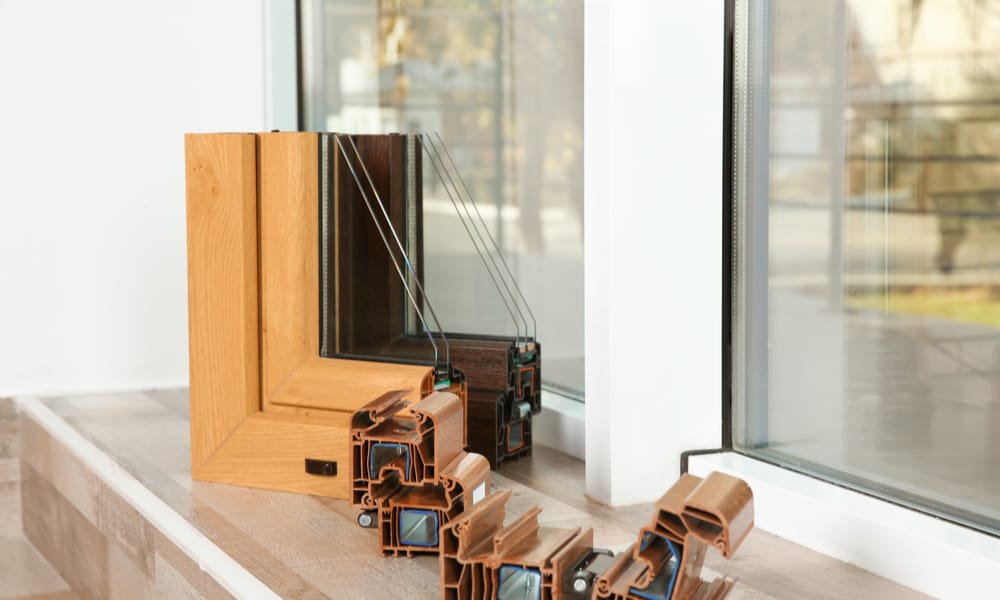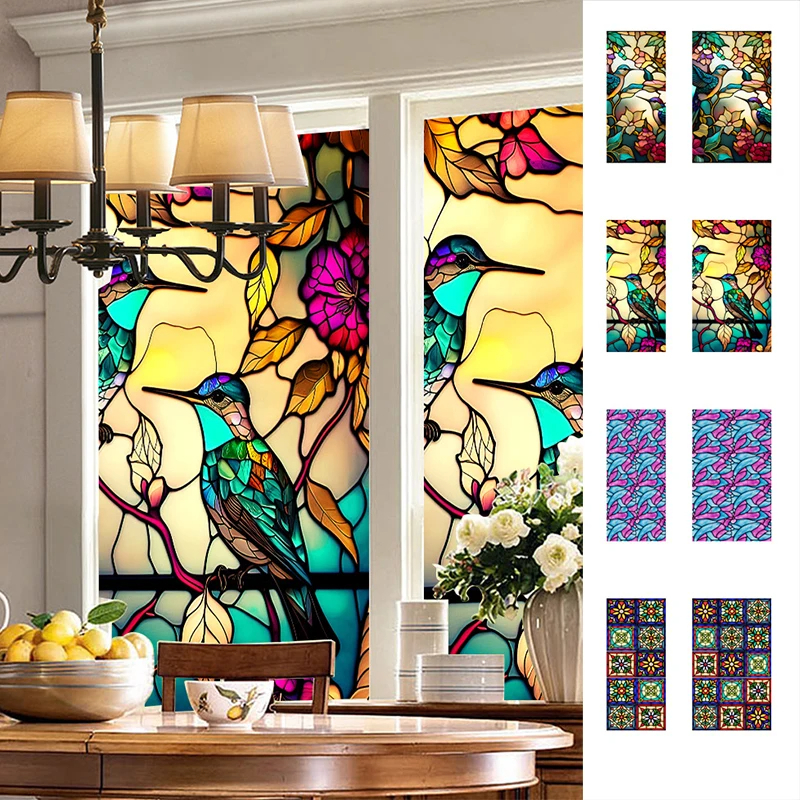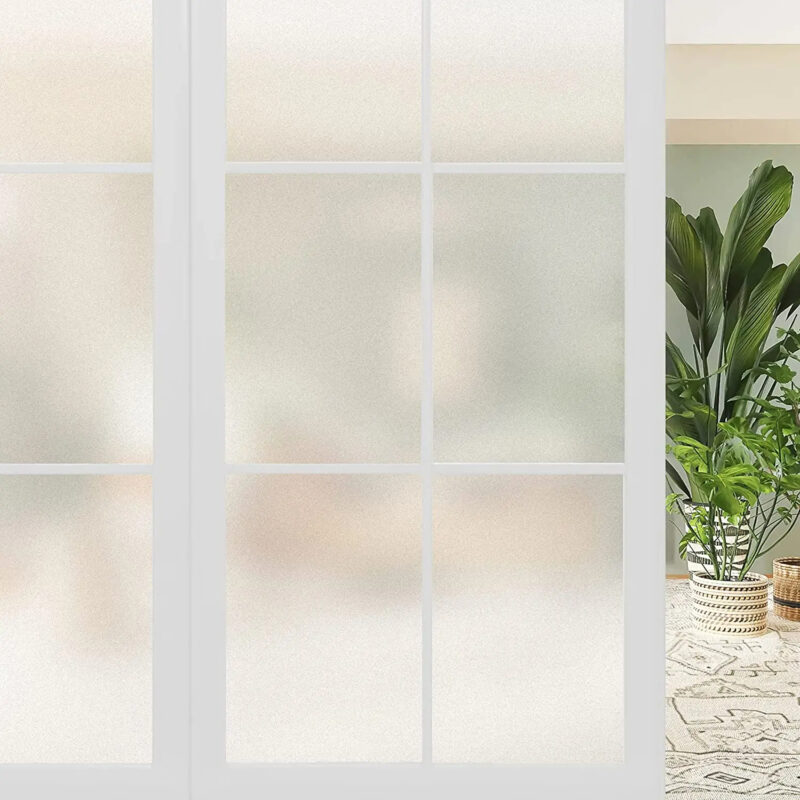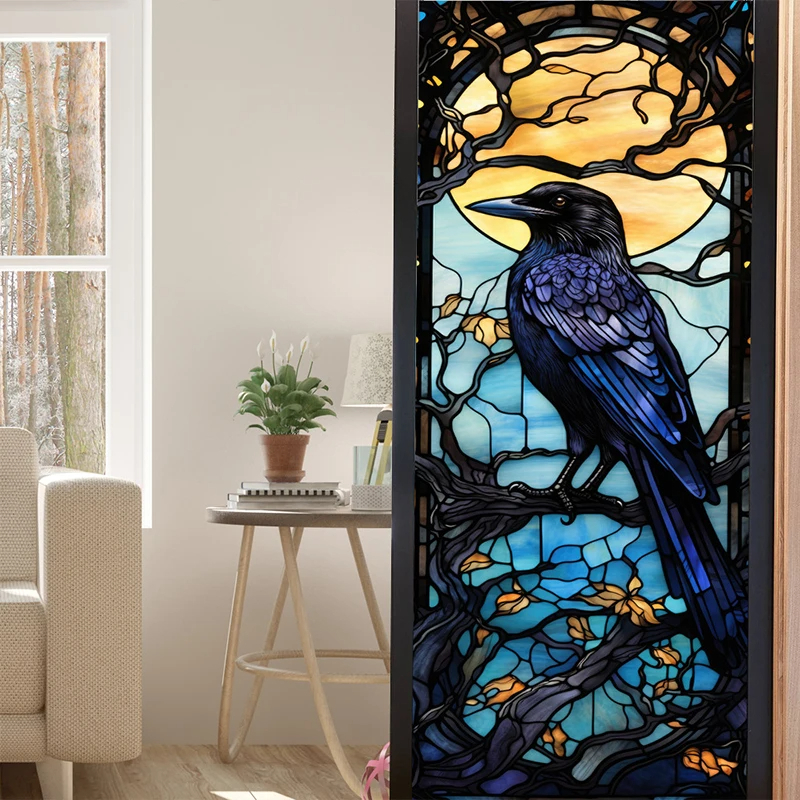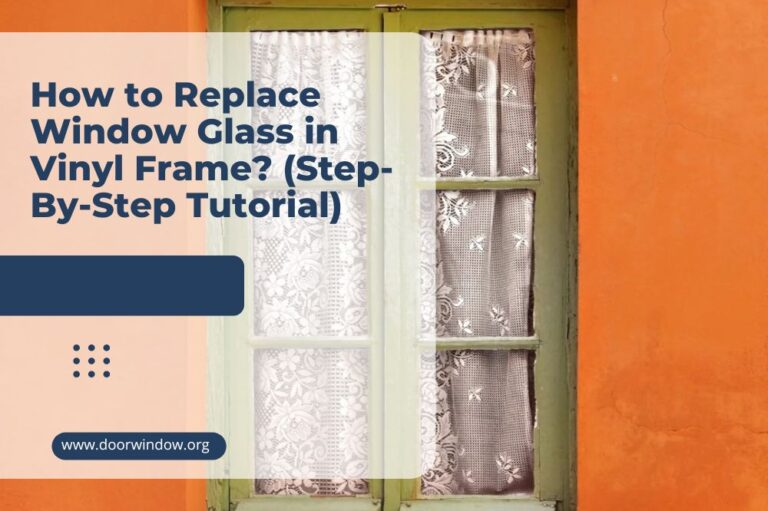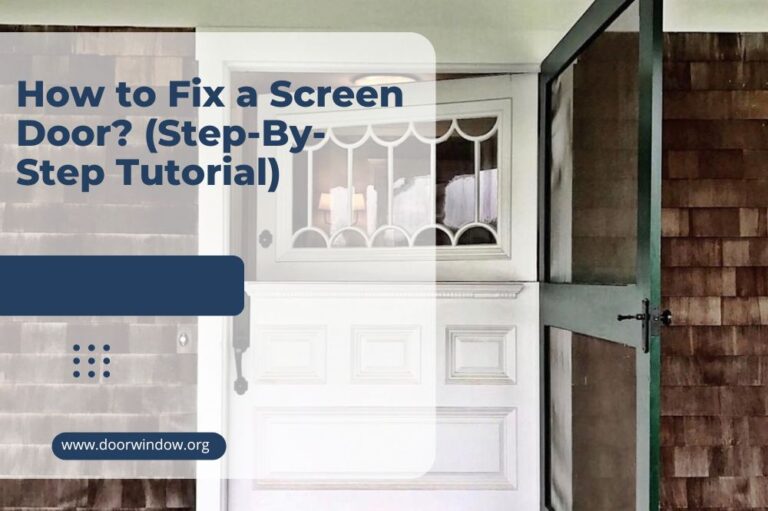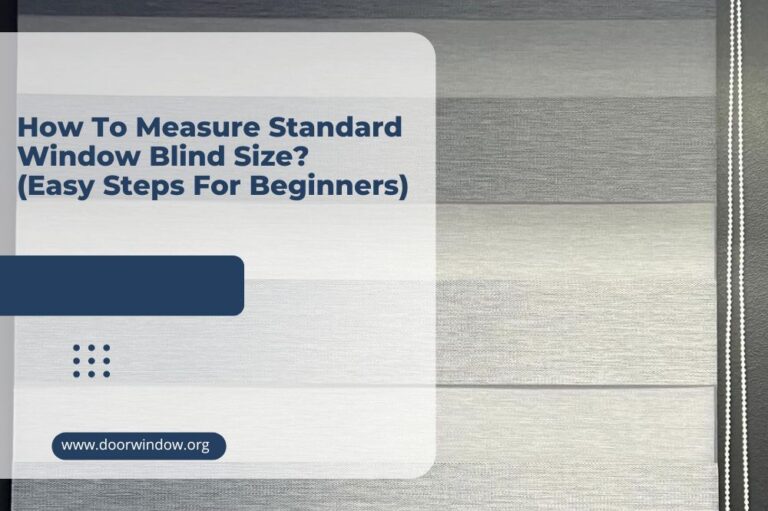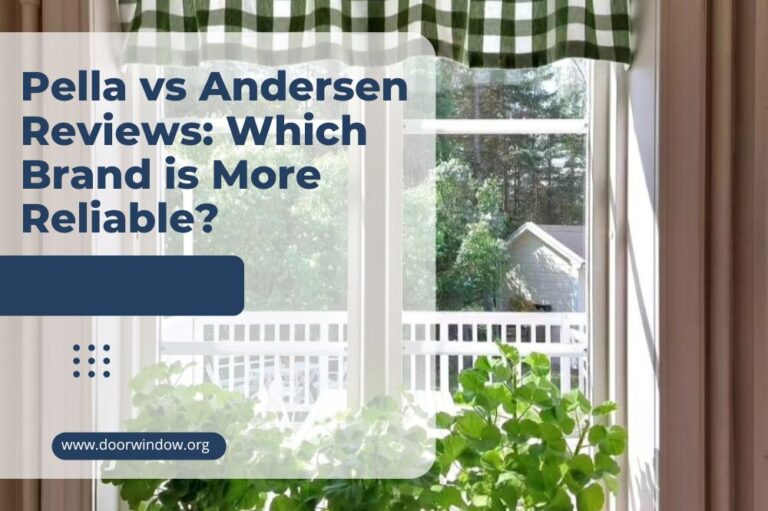Triple-Pane Windows: Everything You Need to Know

Windows have come a long way in the past few decades, and if you are looking to replace old ones that date back as far as the 19070s or 80s, you will probably be aware that modern windows are far more advanced than the windows that existed back then.
Most people are aware of the benefits that double-pane windows offer compared to single-pane versions, but what about triple-pane windows? What are they? How do they work? What are the added advantages? And are they worth the extra money?
We have the answers to all these questions and more – so when it comes to triple-pane windows, here’s everything you need to know.
Single-pane windows
Before we get on to triple-pane windows or even double-pane windows, let’s start at the beginning. What are single-pane windows and what are the problems with having them?
Single-pane windows are just that – they are windows that consist of a single pane of glass. They are sealed around the edges to prevent air from passing through, but the same pane of glass that you can touch on the inside of you your home is the same pane of glass that is in contact with the air outside.
This means there is no insulation between the glass and the outside temperate, and because of this, since window glass is highly thermally emissive, the result is that in cold weather, a large amount of heat is lost through the glass.
The knock-on effect is that you have to spend much more money on heating your home in the winter, money that could easily be saved by installing more heat-efficient windows.
For this reason, modern homes in colder climates usually have at least double-pane windows as a minimum.
Double-pane windows
The answer to this heat loss through single-pane glass windows was the invention of double-pane windows, and as the name suggests, they consist of two panes of glass in the same frame with a space between them.
With the most basic, inexpensive models, this gap is simply filled with air, and even this is enough to provide an insulating layer, meaning that much less heat is lost through the windows in cold weather.
However, more advanced versions now also exist. In modern double-pane windows, the gap is not filled with air but instead contains either krypton or argon – or sometimes a mixture of both.
These gases are much denser than air and provide a much more effective insulating layer between the internal and external panes of glass.
The advantages are clear – by installing double-paned windows in your home, you can make it much more energy-efficient, and in doing so, you can make considerable savings on your heating bills.
This means that, while they are more expensive than single-pane versions, you will quickly recoup the investment by spending less on heating.
So unless you live somewhere that has mild weather year-round, upgrading to double-pane windows is a no-brainer – because otherwise, you are losing money through your windows every day.
Triple-pane windows
If double-pane windows can offer you such great savings on your heating bill, it should follow that going one better and having triple-pane windows should save you even more cash, right? Not exactly, and let’s think about why.
As you can guess from the name, triple-pane windows are windows that consist of not just two panes of glass but three. Between each pane, there is a gap that is filled with a gas – usually krypton – giving you an extra layer of insulation.
Whereas with double-pane windows, the external air is insulated from the internal pane by a pocket of air or gas, with a triple-pane window, the internal part of the window is completely isolated from the external air by two pockets of gas and an extra pane of glass.
The theory is that however cold the air outside becomes, there will be very little heat loss through that pane because of the extra layers between the inside of your home and the outside air.
However, this doesn’t necessarily translate into increased savings because of the law of diminishing returns.
Why triple-pane windows can be a false economy
If double-pane windows can save you money, then it seems intuitive that triple-pane windows must be able to save you even more – but the sums don’t add up.
Triple-pane windows are more expensive than double-pane versions. The extra sheet of glass in the middle adds to the cost, as does the krypton gas that is generally preferred – krypton is more expensive than argon.
There is no doubt that triple-pane windows offer better insulation – they are around 10-15% more energy-efficient than double-pane windows – but the amount this will save you in energy bills might not be enough to make them a wise investment.
As an example, it has been suggested that it may take a homeowner up to 30 years to recoup the initial outlay required to install triple-pane windows through reduced heating bills. 30 years is a long time to wait for a return, and most people will very reasonably conclude that this is not an investment that’s worth making.
In other words, you end up spending a lot more money for a much less significant result compared with the step up from single- to double-pane windows.
So why bother with triple-pane windows?
Does this mean that triple-pane windows are a waste of money and are never useful? No, it doesn’t – there are still times when triple-pane windows can be a smart choice.
First, if you live somewhere with extremely cold winters, installing triple-pane windows can make sense. In places where temperatures can drop far below freezing and stay there for extended periods, it makes sense to do everything you can to keep the heat in and the cold out.
In most parts of the US, triple-pane windows are not installed as standard because they aren’t necessary, but there are some areas where a more heavy-duty solution to insulation is required. If you don’t want to spend all winter fighting a battle keeping the cold at bay, triple-panes could be the answer.
Soundproofing
There is also another major reason why three panes are better than two, and it has nothing to do with the weather.
As well as providing superior insulation against the cold, triple-pane windows are also significantly better for noise insulation.
This means if you live in a noisy area – somewhere with lots of traffic, for example – it could be worth considering triple-pane windows.
Here, the benefit is not financial. You won’t be able to recoup the costs of the windows through any kind of tangible savings, but what you will gain is a more peaceful environment in your home and the ability to sleep better at night.
For many people, this is a price well worth paying to keep the sounds of the street outside.
Advantages and disadvantages of two panes and three
To help you decide whether it is worth opting for three panes or settling for two, let’s look at the relative pros and cons of each type.
Double-pane – pros
- Offer significant energy savings compared to single-pane
When upgrading from a single pane to a double one, there will be a significant reduction in your energy bills, allowing you to recoup the cost of the upgrade relatively quickly.
- Cost-effective
Double-pane windows give you the best balance of price compared to the benefits they provide.
- Standard type so plenty of choice
Since double-pane windows are now so common, there is wide range of styles and sizes available, allowing you to choose just about any kind of window you can imagine. This is not the case with triple-pane windows since they are a more specialist item, and your choices might be more limited.
Double-pane – cons
- Less suitable for extreme climates
Double-pane windows are a big upgrade over single-pane windows and there are few downsides – but if you live somewhere with an extreme cold climate, they might not be quite up to the task.
Triple-pane – pros
- Good in extreme climates
Triple-pane windows offer the advanced levels of insulation that can be required in places where the temperatures stay far below freezing for long periods.
- Good for sound insulation
If you need effective insulation from the noise of a busy street, a triple-pane window can be a smart choice.
Triple-pane – cons
- Expensive
The main drawback is the price – paying the extra money doesn’t bring you matching benefits in terms of reduced heating bills.
- Heavy
The extra pane of glass weighs more. This can even mean you need structural work to be done on your home for the walls to be able to support the window – which can also add a lot to the cost.
- Less choice
Since they are a specialist option, there is much less choice when it comes to triple-pane windows, and you may just have to take whatever is available.
Alternatively, you can have them custom-made – and this is likely to cost you a whole lot more.
A smart choice? It depends
So are triple-pane windows worth it? The short answer is, it depends. If you live somewhere extremely cold or are looking for a soundproofing solution, it could be worth investigating triple-pane windows further.
However, if you just want to make your home more energy-efficient and hope to save yourself a bit of cash in the long run, opting for double-pane windows could be the best choice for you.

